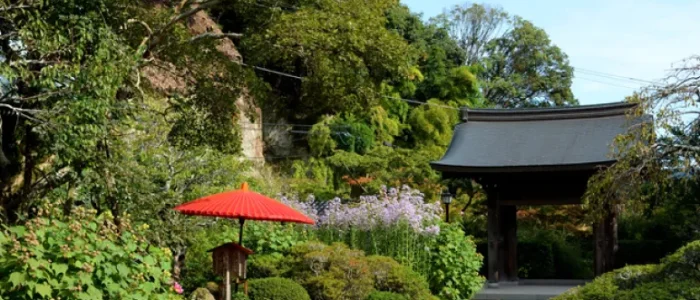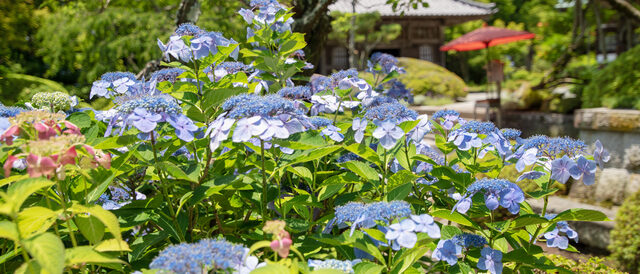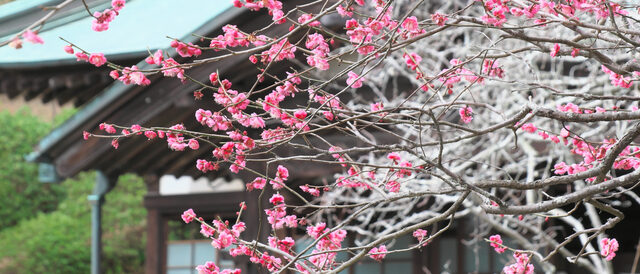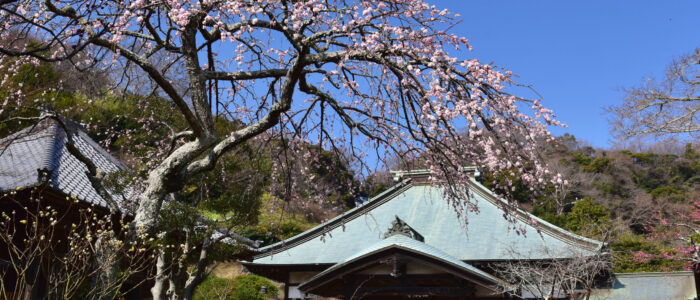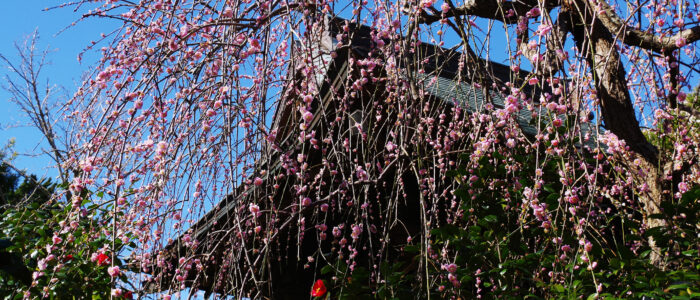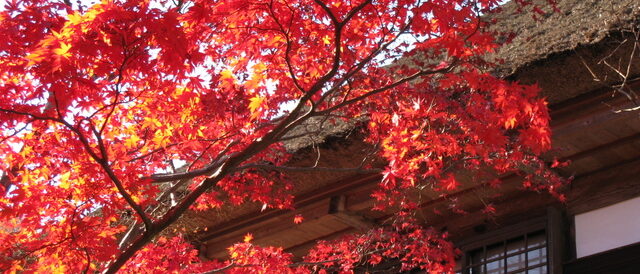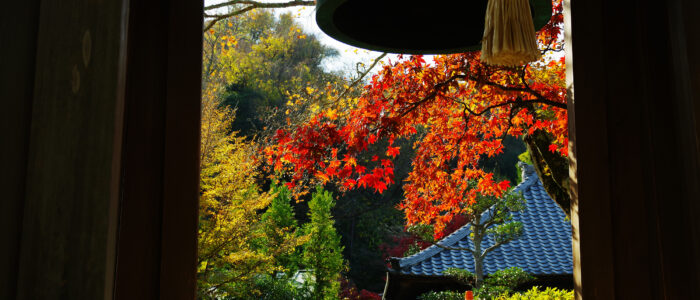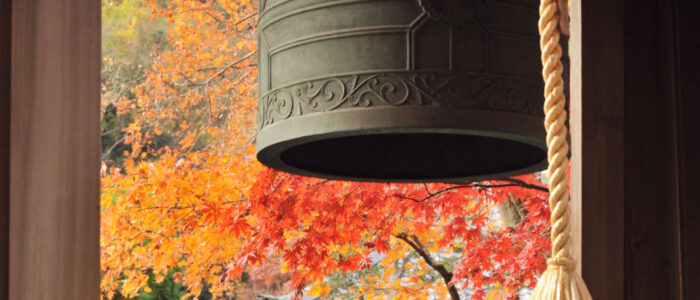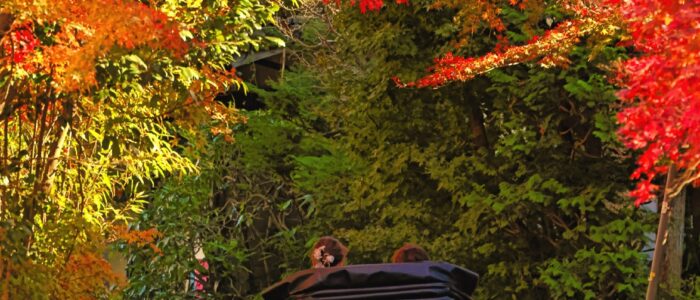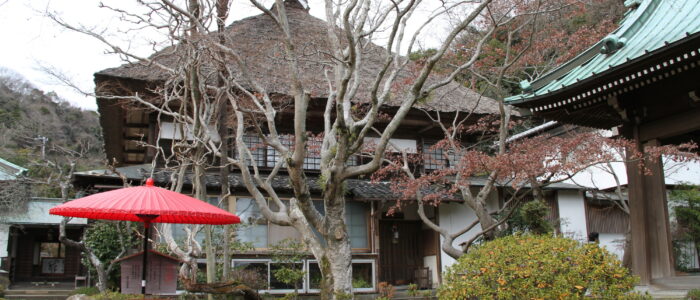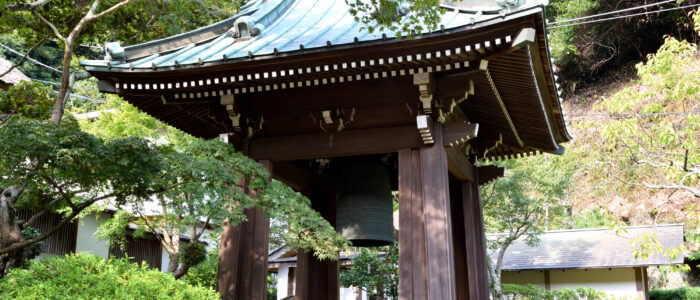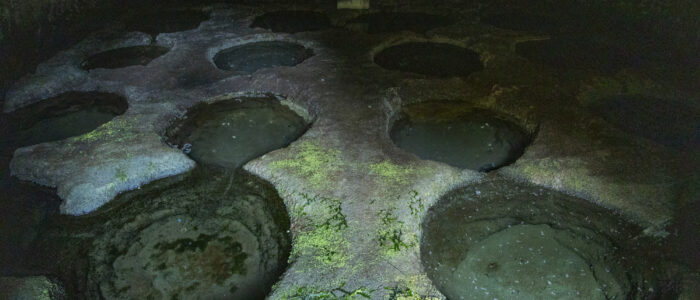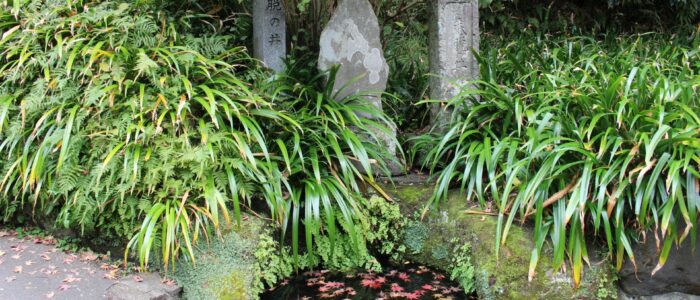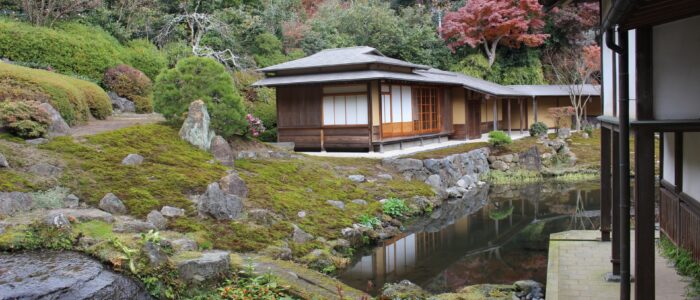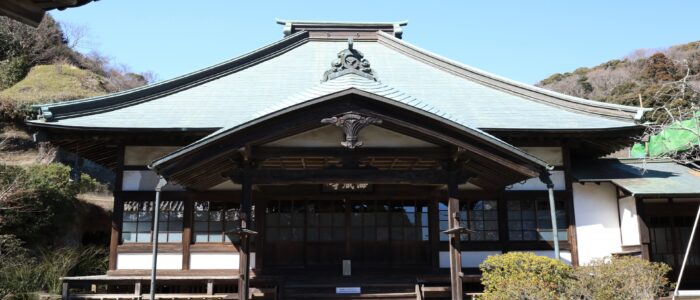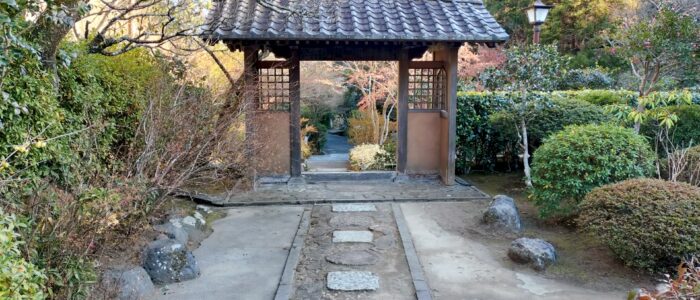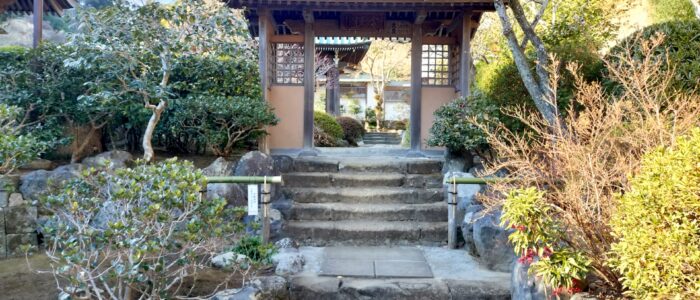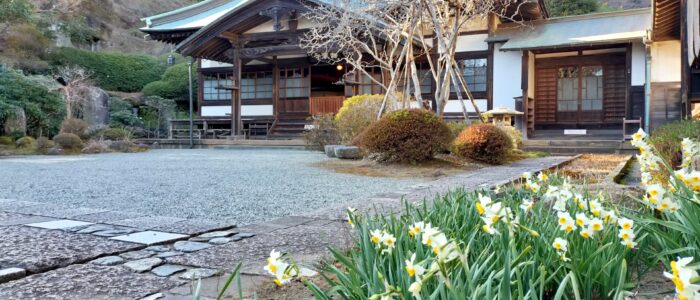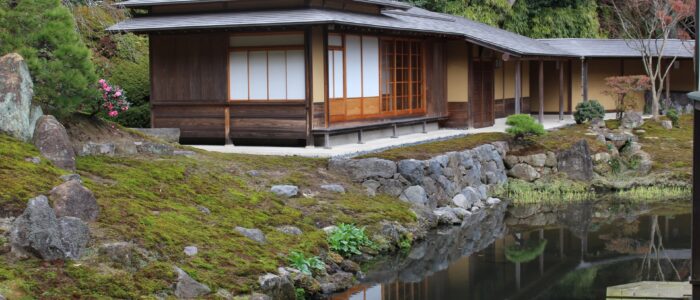Kaizo-ji Temple (海蔵寺)
Discover Kaizo-ji Temple (海蔵寺)
Nestled in the quiet valley of Ogigayatsu in Kamakura, Kaizo-ji Temple was originally founded in the mid-13th century by Fujiwara no Nakayoshi (藤原仲能), a high-ranking official of the shogunate. It was built on the site of a former Shingon temple, and later, in the late 14th century, Uesugi Ujisada (上杉氏定) rebuilt it under the order of Ashikaga Ujimitsu (足利氏満), the second Kamakura Kubō, as a Zen temple of the Rinzai school.
Seasonal Beauty and Architectural Highlights
Often called “the temple of flowers” or “the temple of water,” Kaizo-ji Temple dazzles visitors year-round with vibrant blooms: weeping plum and crabapple in spring, trumpet vine and lotus in summer, bush clover and maple leaves in fall, and wintersweet and narcissus in winter. Though the Shinjii-ke pond garden behind the main hall is not open to the public, glimpses from limited angles offer a taste of the Japanese aesthetic of “not showing everything,” adding depth to the visitor experience.
Spiritual Significance and Hidden Powers
The temple’s Sokonuke-no-I (底脱ノ井) well embodies Buddhist teachings that encourage looking beyond form to find essence — it is seen as a symbol of enlightenment. Nearby, the Jūroku-no-I (十六ノ井) cave well, with water springing from 16 holes, is revered for its sacred “Kongō Kudoku Water” (金剛功徳水), believed to carry spiritual benefits.
Unique Traditions and Temple Stamps
You can receive a temple stamp (goshuin) at the temple office, offering a quiet, meditative moment unique to Zen temples. A highlight is the Naiki Yakushi (啼如来), a statue of Yakushi Nyorai that holds a mysterious legend — it enshrines a Buddha head discovered after following the sound of a crying baby at night.
Visiting Hours and Access
The temple is open daily from 9:30 AM to 4:00 PM. Please check ahead during special openings. It’s a pleasant 20-minute walk from Kamakura Station, making it an easy stop on a peaceful itinerary.
Best Times to Visit
Kaizo-ji Temple is a delight in all four seasons — but especially during autumn, when the approach path becomes a tunnel of fiery maple leaves. The soft morning mist or golden hour light creates stunning scenes perfect for photos and peaceful reflection.
Nearby Spots to Explore
Just a short walk away, you’ll find other tranquil temples like Jufuku-ji Temple (寿福寺) and Eisho-ji Temple (英勝寺), making this part of Kamakura ideal for a quiet, spiritually rich stroll.
Who Should Visit?
- Those interested in Zen and Buddhist teachings
- Lovers of seasonal nature and traditional gardens
- Travelers seeking a peaceful, lesser-known temple
- Guests staying in Kamakura who want to explore beyond the popular sites
Wrap-Up: Zen and Seasonal Beauty with a Local Stay
Kaizo-ji Temple is a serene retreat that blends spirituality, nature, and timeless legends. Just beyond Kamakura’s bustling center, it offers a rare depth of experience for those who venture off the beaten path. For guests staying at Tosh’s Place (トシズプレイス), the relaxed pace of a kitchen-equipped, unmanned smart hotel allows for thoughtful journeys like this one. This is the kind of place where your spirit can truly breathe — a hidden gem best appreciated by those traveling with time and intention.with time and intention.

